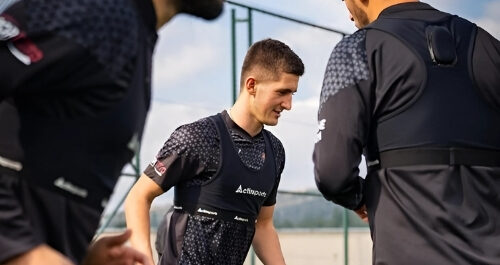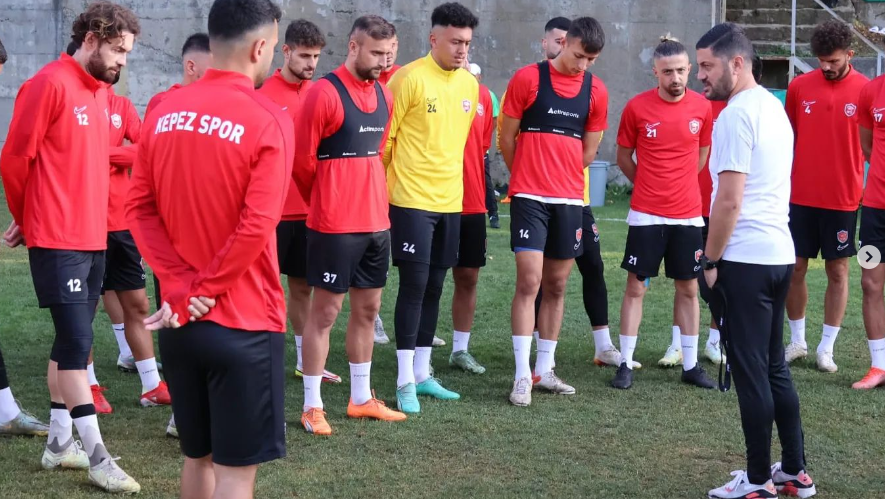Introduction
Non-contact injuries are a significant concern in football, often sidelining players for weeks or even months. Unlike contact injuries, these occur without physical collisions, usually due to poor biomechanics, muscle imbalances, or improper training loads. This guide explores key strategies to prevent non-contact injuries and ensure players stay in peak condition throughout the season.
Understanding Non-Contact Injuries in Football
Common Non-Contact Injuries
- Anterior Cruciate Ligament (ACL) Tears – Often caused by sudden stops, changes in direction, or improper landing techniques.
- Hamstring Strains – Result from explosive sprints or insufficient warm-ups.
- Groin and Hip Flexor Injuries – Common among players making rapid lateral movements.
- Achilles Tendinitis – Caused by overuse and insufficient lower-body conditioning.
- Stress Fractures – Develop due to repetitive impact and poor recovery management.
Key Factors Leading to Non-Contact Injuries
1. Improper Training Load Management
Sudden spikes in training intensity increase injury risk. Monitoring workloads using metrics like the Acute:ChronicWorkload Ratio (ACWR) helps maintain a balanced training load and minimize stress on the body.
2. Weak Musculature and Imbalances
Muscle imbalances, particularly between quadriceps and hamstrings, can increase injury risk. Strength and stability exercises help correct these imbalances.
3. Poor Movement Mechanics
Faulty biomechanics, such as improper cutting or landing techniques, place excessive strain on joints and ligaments, leading to injury.
4. Fatigue and Recovery Deficiencies
Fatigue increases the likelihood of injury by reducing reaction time and coordination. Proper sleep, hydration, and active recovery are essential for injury prevention.
Strategies for Preventing Non-Contact Injuries
1. Structured Strength and Conditioning
- Incorporate plyometrics to improve neuromuscular control.
- Develop core stability to enhance balance and coordination.
- Strengthen key muscle groups, particularly hamstrings, glutes, and calves.
2. Load Monitoring and Injury Prevention Programs
- Implement ACWR-based training adjustments to prevent overuse.
- Track workload data with wearable technology to optimize training intensity.
3. Proper Warm-Up and Recovery
- Use dynamic stretching before training to activate muscles.
- Implement cooldown routines that include foam rolling and mobility drills.
4. Biomechanical Training and Movement Screening
- Conduct movement screenings to identify risk factors.
- Teach proper landing, cutting, and deceleration mechanics to reduce stress on joints.
5. Nutrition, Hydration, and Sleep Optimization
- Maintain adequate hydration levels to prevent muscle cramping.
- Ensure balanced nutrition with sufficient protein and micronutrients to support muscle recovery.
- Prioritize 7-9 hours of quality sleep to enhance recovery and performance.
Conclusion
Preventing non-contact injuries in football requires a multifaceted approach that includes strength training, workload management, and recovery optimization. By leveraging data-driven insights, teams can reduce injuries, improve player availability, and enhance overall performance.



